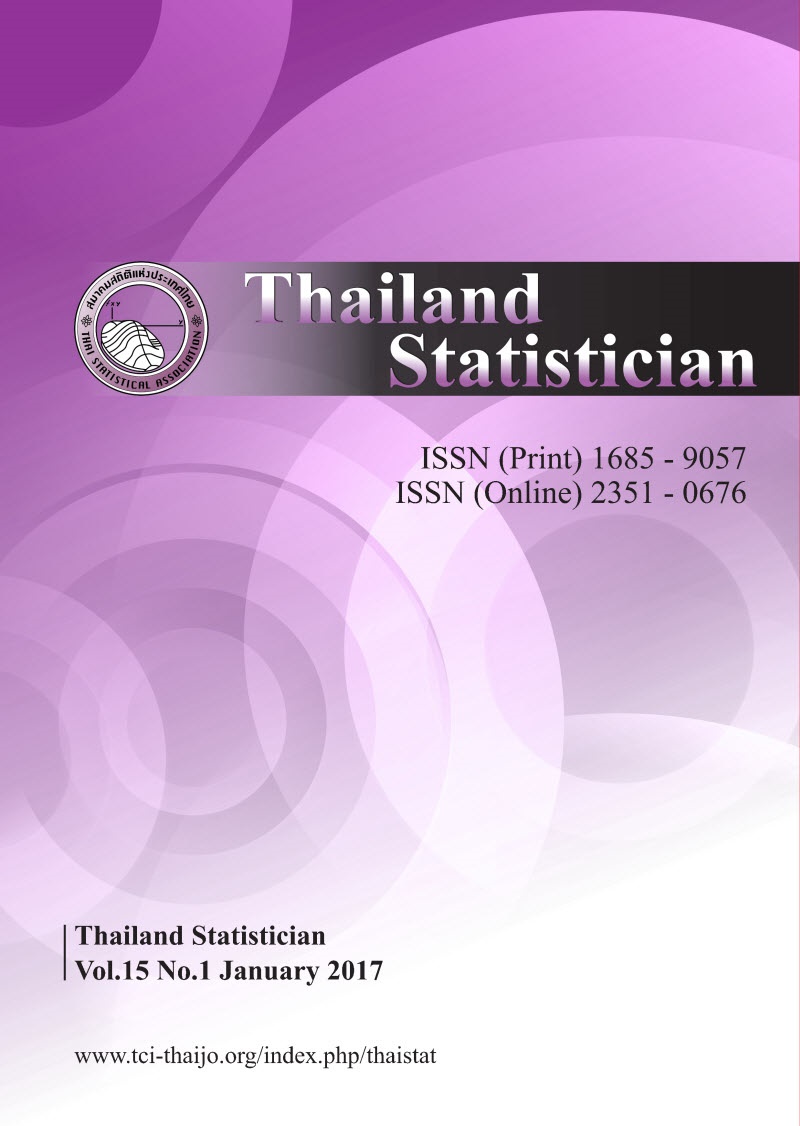Testing Statistical Agreement Based on Unbalanced Paired Data
Keywords:
Agreement, Concordance correlation coefficient, Fisher’s test, Likelihood ratio test, Unbalanced dataAbstract
Assessing agreement between two methods of continuous measurement plays a vital role in deciding if one of the methods (newer or cheaper) can be adopted in future experiments. Assuming a bivariate normal distribution for the responses from the two methods, we derive the likelihood ratio test for a combined hypothesis of equality of means, equality of variances and a known high value of pairwise correlation based on unbalanced paired data. This situation arises when one observes multiple replications of one response (cheaper) for a specified single value of the other response (costlier) from sampled units. Our results provide a generalization of Yimprayoon, Tiensuwan and Sinha (2006). An example in the context of a USEPA application is highlighted.Downloads
How to Cite
Stanwyck, E., Sinha, B. K., & Nussbaum, B. D. (2015). Testing Statistical Agreement Based on Unbalanced Paired Data. Thailand Statistician, 12(2), 113–134. Retrieved from https://ph02.tci-thaijo.org/index.php/thaistat/article/view/34193
Issue
Section
Articles



